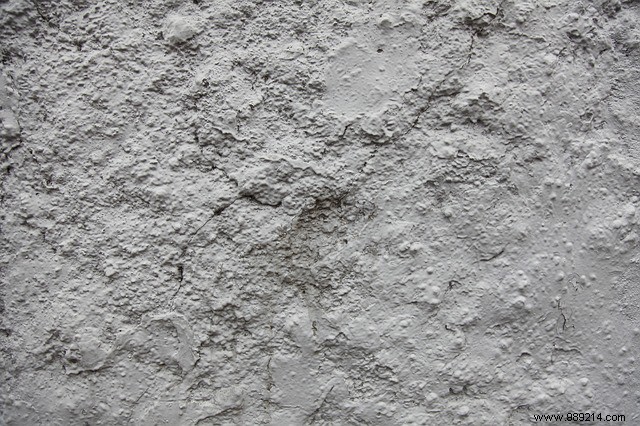
In construction and decoration, a resounding return to natural materials has been observed. Alongside materials such as hemp or clay, other products of natural origin have multiplied, such as lime.
Used in natural coatings or ecological paints, it accompanies all types of work. Lime ahead!
Lime is a material derived from limestone, a stone of natural origin. It was already used during prehistory, thus positioning it as one of the oldest materials used by man in construction, architecture and other fields. Long enthroned at the top of the materials most prized by builders, it has experienced a decline with the advent of cement.
It was only in the 1980s that it regained some of its former splendor thanks to craftsmen who used it in the restoration of old buildings. Lime owes its success to its many advantages:it is waterproof, anti-bacterial, fungicidal and above all can be used with other natural materials such as cork, hemp or even linen. Particularly aesthetic and sanitizing, this ecological material can be used to decorate, protect, cover or build all kinds of structures. It comes in two types.
Also known as lean lime, hydraulic lime is made up of complex silicates which are set first in water, then in air. Compared to aerial lime, the setting is much faster because the material contains a high rate of clay. In principle, hydraulic lime is used outdoors in the production of slabs or facades.
It is also useful indoors, but preferably in damp rooms such as cellars, bathrooms or buried walls. This material is also used in the production of insulating plasters which are made of hemp or in various masonry works.
On the market, hydraulic lime packages systematically display the symbol NHL accompanied by a number which indicates the rate of hydraulicity. The NHL2 means that the product is hydraulic and adapts especially to soft substrates. NHL3 means it can be used for slabs, plasters and general masonry. Finally, the NHL5 means that the setting takes place between 3 to 5 hours, perfect for sinking a slab.

Aerial lime is particularly used in the production of plasters in dry environments due to its ability to absorb CO2 in the air. It usually needs to be mixed with water.
It is used in the manufacture of natural paints associated with pigments to ensure their decorative role. This type of lime is characterized by its slow setting. Novices will therefore have no trouble using it, especially since it offers a lot of flexibility.
Another advantage:the shelf life is long. Be careful, to avoid the phenomenon of evaporation, however, you must put it in a container and add water so that no air intake occurs.
Aerial lime makes it possible to achieve attractive finishes thanks to its smoothness and transparency. On the other hand, you have to be careful and equip yourself with protective clothing and accessories when using it because it is alkaline. Commercially, this product is available in paste or powder form.